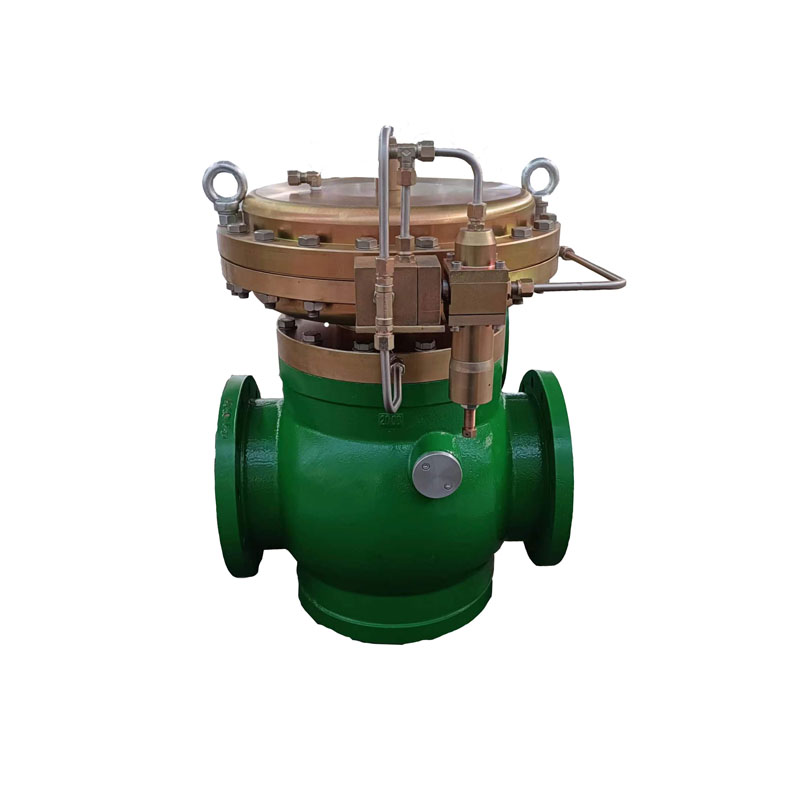
Nov . 05, 2024 17:50
Back to list
natural gas distribution station
Natural Gas Distribution Stations Ensuring Efficient Energy Delivery
Natural gas plays a critical role in the energy landscape, serving as a vital source for heating, electricity generation, and as a raw material for various industrial processes. To ensure this essential fuel reaches homes and businesses safely and efficiently, natural gas distribution stations are a pivotal component of the energy delivery network. This article explores the purpose, operation, and significance of natural gas distribution stations.
The Role of Natural Gas Distribution Stations
Natural gas distribution stations are facilities designed to manage and facilitate the transfer of natural gas from high-pressure transmission pipelines to lower-pressure distribution networks. These stations play a crucial role in ensuring that natural gas is delivered at safe pressure levels suitable for consumption. They are strategically located to optimize the distribution process, minimizing transportation costs and energy losses while maximizing efficiency and reliability.
Operations of a Distribution Station
At a distribution station, several key processes occur to ensure the safe and efficient delivery of natural gas. First, the gas enters the station through high-pressure pipelines, where it may undergo a pressure reduction process. Pressure regulators are employed to lower the pressure of the gas to a level suitable for distribution through local pipelines.
Once the pressure is adequately reduced, the gas is metered to accurately account for the amount being distributed. This metering is crucial for billing purposes and regulatory compliance. Additionally, odorants are often added to natural gas at this stage to ensure that any leaks can be easily detected by smell, enhancing safety for both consumers and workers.
Moreover, distribution stations may also include filtering systems to remove impurities from the gas before it enters the distribution network. This purification process helps to maintain the integrity of pipelines and appliances that rely on clean natural gas, reducing maintenance costs and prolonging the lifespan of equipment.
natural gas distribution station

Safety Measures
Safety is a paramount concern in the operation of natural gas distribution stations. Proper safety protocols must be in place to protect workers, the public, and the environment. Regular inspections and maintenance of equipment are essential to prevent leaks and other hazards. Comprehensive training programs for staff ensure that they are equipped to respond effectively to emergencies, including gas leaks or malfunctions.
In addition to on-site safety measures, distribution stations are also subject to strict regulatory oversight. Government agencies and industry organizations establish guidelines and standards that dictate how these facilities operate, helping to ensure safe practices throughout the distribution process.
Environmental Considerations
As the world increasingly shifts towards renewable energy sources, the role of natural gas in the energy ecosystem remains significant. Natural gas is often viewed as a cleaner alternative to coal and oil, emitting fewer greenhouse gases when burned. Nonetheless, the operation of natural gas distribution stations must also consider environmental impacts.
Modern distribution practices aim to minimize the environmental footprint of natural gas transportation. This includes implementing green technologies and improving the efficiency of existing systems. Innovations in monitoring and leak detection technology help to reduce the chances of natural gas escaping into the atmosphere, thereby addressing concerns related to methane emissions, a potent greenhouse gas.
Conclusion
Natural gas distribution stations are a critical link in the energy supply chain, enabling the safe and efficient delivery of natural gas to consumers. Their role in pressure regulation, metering, and safety cannot be overstated. As the energy landscape evolves, these stations will continue to adapt, incorporating new technologies and practices that enhance performance while prioritizing safety and environmental stewardship. In the broader context of energy transition, natural gas distribution stations are likely to remain vital as we navigate the complexities of meeting global energy demands sustainably.
Next:
Latest news
-
Safety Valve Spring-Loaded Design Overpressure ProtectionNewsJul.25,2025
-
Precision Voltage Regulator AC5 Accuracy Grade PerformanceNewsJul.25,2025
-
Natural Gas Pressure Regulating Skid Industrial Pipeline ApplicationsNewsJul.25,2025
-
Natural Gas Filter Stainless Steel Mesh Element DesignNewsJul.25,2025
-
Gas Pressure Regulator Valve Direct-Acting Spring-Loaded DesignNewsJul.25,2025
-
Decompression Equipment Multi-Stage Heat Exchange System DesignNewsJul.25,2025

